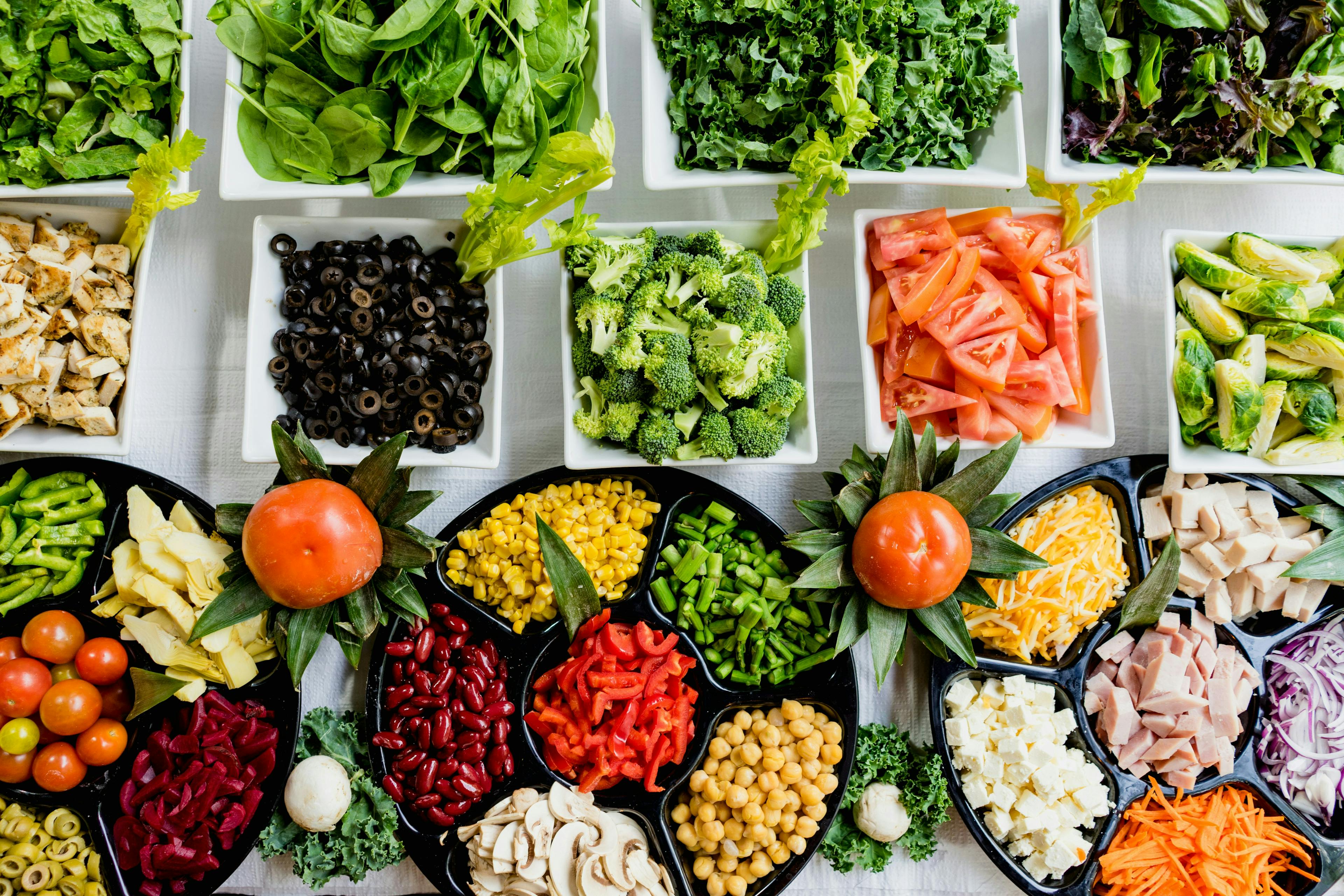

In a few days, it's March 4th, the date when World Obesity Day is celebrated, an occasion to raise global awareness about one of the major health issues of our time. Obesity is not just an aesthetic issue, but above all a complex pathological condition that represents a major risk factor for numerous diseases such as diabetes, cardiovascular diseases, respiratory and joint disorders, and even cancer. Through awareness campaigns, events, and initiatives at the international level, this day aims to promote the prevention, early diagnosis, and proper treatment of obesity.
Obesity statistics worldwide
According to the World Health Organization (WHO), in 2022 more than 1 billion people worldwide were living with obesity. This number has more than doubled among adults compared to 1990 and quadrupled among children and adolescents aged 5 to 19 years. A worrying and interesting fact is that obesity is no longer an issue confined to industrialized countries but is rapidly increasing in low- and middle-income countries as well, due to the spread of unhealthy diets and reduced physical activity.

Causes of obesity
Obesity is a condition caused by multiple factors, including genetic, behavioral, and environmental aspects. Some of the main factors contributing to weight gain are:
- Unbalanced diet: excessive consumption of highly caloric foods rich in saturated fats, refined sugars, and salt contributes significantly to weight gain.
- Sedentary lifestyle: a sedentary lifestyle, characterized by long periods spent in front of screens (TV, computers, smartphones), reduces energy expenditure and promotes fat accumulation.
- Genetic factors: some individuals are genetically predisposed to weight gain due to a slower metabolism or a tendency to accumulate fat.
- Psychological factors: stress, anxiety, and depression can lead to unhealthy eating behaviors, such as excessive food consumption for emotional compensation.
How to prevent obesity
Obesity prevention is based on adopting a healthy lifestyle, which includes a balanced diet and adequate physical activity. Some practical tips include:
- Exercise regularly: at least 150 minutes a week of moderate aerobic activity, such as walking, swimming, or cycling.
- Limit the consumption of high-calorie foods: avoid processed snacks, sugary drinks, and ultra-processed foods.
- Adopt a varied and balanced diet: consume fruit, vegetables, whole grains, lean proteins, and healthy fats daily.
- Maintain a good emotional balance: reduce stress through relaxation techniques such as yoga or meditation can help avoid emotional eating.

The key role of nutrition
Nutrition plays a key role in obesity prevention: a balanced diet helps not only to maintain a healthy weight but also to prevent chronic diseases associated with excess weight. When it comes to a balanced diet, the Mediterranean diet immediately comes to mind as one of the healthiest eating patterns in the world. Rich in fruits, vegetables, whole grains, legumes, fish, and olive oil, this dietary regimen not only helps maintain the desired weight but also reduces the risk of cardiovascular diseases and diabetes. The dishes that can be prepared with the typical ingredients of the Mediterranean diet are not only good for health but also very tasty, and you won’t miss out on more elaborate but less healthy preparations. Here are a few easy and quick recipes for balanced and flavorful dishes you can make in your kitchen!
Panzanella
A traditional Tuscan dish that is fresh and delicious, an icon of peasant cuisine. Made from soaked stale bread, tomatoes, red onion, basil, and seasoned with extra virgin olive oil, vinegar, and salt, panzanella is perfect for summer.
Summer Eye Bean Stew
A tasty dish both hot and at room temperature, ideal as a side dish or main course. This recipe allows you to eat healthy without sacrificing flavor.
Farinata
A Ligurian specialty made with chickpea flour: baked in the oven, it has a golden and crispy crust that makes it appetizing.
Caponata
Served cold or warm, it is a rich and flavorful side dish that highlights the flavors of the Mediterranean.
Caprese
A light and colorful dish from the Campania tradition that highlights the authentic flavors of the Mediterranean.
Ribollita
A humble yet flavorful dish, it is a symbol of peasant cuisine. It is the "soup" of Tuscan tradition, so named because it is cooked and “reboiled” several times.
Cecina
A savory cake typical of Tuscany, it is crunchy on the outside and soft on the inside. It is perfect to enjoy simply or with black pepper.
Cialledda
Directly from Puglia, a simple and genuine dish that can be served hot or cold. It is a perfect example of poor cuisine full of authentic flavors.
Vegan meatballs
A tasty and nutritious alternative to traditional meatballs, made with legumes like chickpeas, lentils, or beans, vegetables, breadcrumbs, and spices. They can be baked, pan-fried, or fried, resulting in a crispy exterior and soft interior.
Wild fennel soup
Particularly popular in Sicily and other regions of central-southern Italy, it is a light and fragrant soup perfect for cooler days.
Stuffed Tomatoes with Rice
Typical of Roman cuisine, these oven-baked tomatoes are a simple and tasty summer recipe.
Winter Panzanella
A variation of the classic Tuscan panzanella, adapted to the colder months. A rustic and nutritious dish that brings out the flavors of winter.











